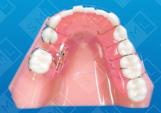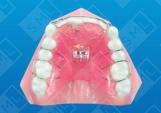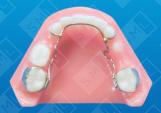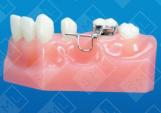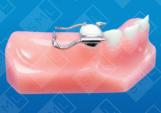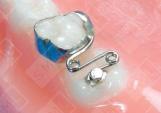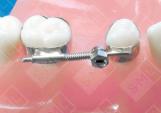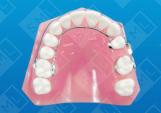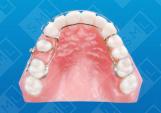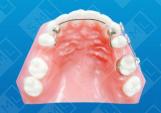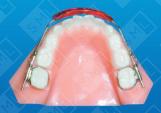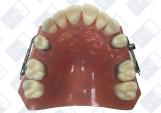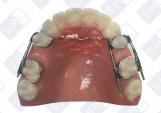
Regaining Lost Space
Location
In the case of children...when dental development occurs normally at every stage and these stages occur in the proper sequence, there is a good chance that a normal, healthy, permanent dentition and occlusion will be established. Unfortunately, many factors can adversely affect normal occlusal development. Some of the more common are:
- Early Extraction of the Second Primary Molar
- Early Loss of a Primary Cuspid
- Abnormal Eruption Sequence
When space from the premature loss of a primary tooth has not been maintained, an appliance is necessary to to regain lost space and thus prevent crowding and malocclusion. While it may not completely eliminate the need for comprehensive orthodontic treatment, space regaining done at an early stage of development can often prevent a serious orthodontic problem from occurring.
Once a patient has a full complement of adult teeth, regaining lost space becomes much more difficult. For example, a first molar that has drifted mesially due to a premature loss of a primary second molar is much harder to move distally once the adult second molar has erupted. To regain the space for the bicuspid, you will have to move both teeth. This is very difficult to do at one time and usually involves multiple steps to accomplish. In an adult, a basic treatment goal is to create enough space so that all the adult dentition can be aligned in the arch form. This is usually accomplished through a combination of techniques ranging from distalizing molars, to lateral arch development, to air-rotor slenderizing.
Select another Appliance Category




